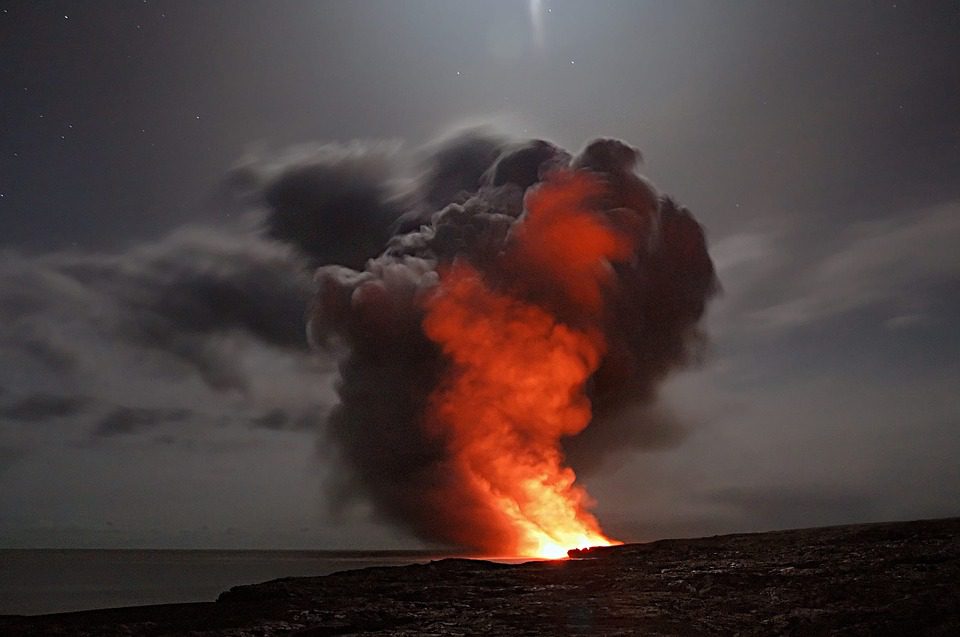According to a recent paper in Frontiers in Astronomy and Space Science, a few specialized bacteria survive circumstances similar to those of Mars’ early past, which may be due to a variety of adaptations. The hydrothermal crater lake of Costa Rica’s Poás volcano is one of the most inhospitable ecosystems globally.
The water is very acidic, tainted with dangerous metals, and the temps vary from pleasant to boiling. Furthermore, recurring ‘phreatic eruptions’ result in short blasts of steam, ash, and rock.
Despite such lethal explosions, hydrothermal conditions may have been the birthplace of the first forms of life on Earth—and maybe also on Mars, if life ever existed there.
Aside from learning how life can survive in such severe environments, researching these bacteria reveals if and how life may have thrived on Mars.
Justin Wang, first author and a graduate student at the University of Colorado Boulder, in the United States
“One of our key findings is that, within this extreme volcanic lake, we detected only a few types of microorganisms, yet a potential multitude of ways for them to survive. We believe they do this by surviving on the fringes of the lake when eruptions are occurring. This is when having a relatively wide array of genes would be useful.”
What’s so Special About this Bacteria?
This present multidisciplinary partnership builds on previous work completed in 2013. At the time, the researchers discovered just one microbial species from the Acidiphilium genus in the Poás volcanic lake.
Unsurprisingly, this species of bacterium is typically found in acid mine drainages and hydrothermal systems, and they contain various genes that adapt to a variety of environments.
Following a series of eruptions, the researchers returned in 2017 to check whether there had been any changes in the microbial diversity and analyze the organisms’ metabolic activities more thoroughly.
This new study showed a little more diversification, but the Acidiphilium bacteria still dominated.
The scientists proved that the bacteria possessed a broad range of metabolic capabilities that may enable them to endure harsh and dynamic environments by sequencing the organisms in the lake samples.
These are comprised energy-generating mechanisms based on sulfur, iron, arsenic, carbon fixation (similar to plants), simple and complex carbohydrates, and bioplastic granules (which microorganisms can create and use as energy and carbon reserves during stress or starvation).
“We anticipated a lot of the genes we identified, but not this many given the lake’s poor biodiversity,” Wang adds. “This came as such a surprise, but it is really beautiful. It seems to reason that life would adapt to surviving in an active volcanic crater lake in this manner.”
Despite their frequently hazardous surroundings, hydrothermal systems offer most of the necessary components for the development of life, including heat, water, and energy.
This is why prominent Earth and Mars hypotheses center on these sites. Previous attempts to find life on Mars have concentrated on streambeds or river deltas. Still, the authors argue that greater attention should be paid to the locations of ancient hot springs (which were present on Mars for billions of years).
Wand says these findings give a framework for how ‘Earth life’ may have evolved in hydrothermal settings on Mars. But whether or not life ever lived on Mars, and whether or not it resembled the microbes we have here, remains a mystery.
Scientists hope that our findings will push the discourse toward prioritizing the hunt for indications of life in these habitats. For example, there are some promising targets on the crater rim of Jezero Crater, where the Perseverance rover is now located.













Leave a Reply